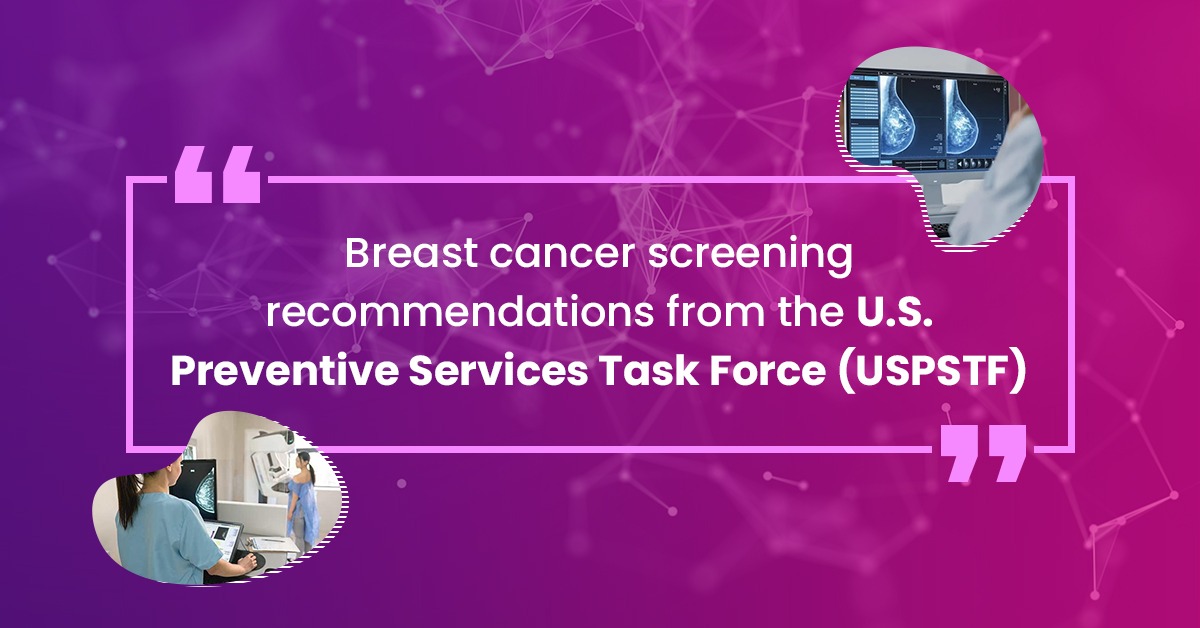In the domain of women’s health, few topics hold as much significance and generate as many discussions as breast cancer screening. It is a subject that elicits both optimism and apprehension, given that early detection can be life-saving, yet the strategies and timing of screening have long been a matter of debate. Recently, the U.S. Preventive Services Task Force (USPSTF) finalized its recommendations on breast cancer screening, igniting a fresh round of conversations and contemplations among healthcare professionals and patients alike.
The revised guidelines from the USPSTF underscore the importance of tailored, well-informed decision-making in breast cancer screening. Unlike previous guidelines that suggested mammograms every one to two years starting at age 40, the new recommendations adopt a more nuanced approach, highlighting the necessity for individual risk assessment and shared decision-making between patients and their healthcare providers.
For women at average risk of breast cancer, the USPSTF now advises commencing biennial mammograms at age 50 and continuing until age 74. This adjustment reflects mounting evidence that, for this demographic, the benefits of annual screening may be overshadowed by potential harms like false positives and unnecessary interventions. Nonetheless, the task force stresses that these recommendations are not universal and urges healthcare providers to consider factors such as family history, breast density, and personal preferences when determining the most suitable screening regimen for each patient.
A pivotal message from the new guidelines is the emphasis on collaborative decision-making. Rather than issuing rigid directives, the USPSTF encourages healthcare providers to engage in meaningful dialogues with their patients, ensuring they comprehend the potential benefits and risks of screening and are empowered to make informed decisions that align with their values and priorities.
While some may perceive the updated recommendations as a departure from past norms, others view them as a stride towards more personalized and patient-centric care. By shifting the focus from general recommendations solely based on age to a more individualized approach that considers a woman’s distinct risk profile, the USPSTF aims to optimize the balance between early detection and minimizing harm.
Despite the release of new guidelines inevitably sparking questions and uncertainties among patients and providers, healthcare professionals must address these concerns openly and transparently. Providing clear explanations and guidance can help patients navigate this evolving landscape with confidence.
Ultimately, the objective of breast cancer screening remains unaltered: to detect the disease at its earliest and most treatable stages, enhancing outcomes and saving lives. While the USPSTF’s final recommendations may signify a shift in approach, they also present an opportunity for healthcare providers and patients to engage in more thoughtful and personalized decision-making, ensuring that each woman receives the screening regimen that best suits her individual needs and circumstances.
As we navigate these changes and adapt to evolving evidence and guidelines, our commitment to promoting women’s health and well-being through proactive and informed healthcare practices remains steadfast. By staying informed, advocating for ourselves and our loved ones, and collaborating closely with our healthcare providers, we can uphold breast cancer screening as a cornerstone of preventive care for generations to come.


